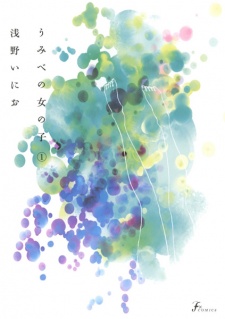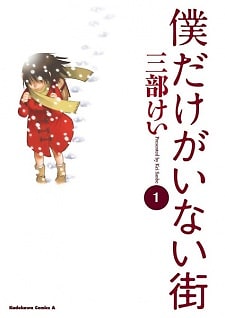Alternative TitlesSynonyms: Bokura wa Shinyuu to Iu Tei de, Girl and Killer, Onna to Koroshiya, The Serial Killer Is Laughing in the Rain Japanese: ミュージアム More titlesInformationType: Manga
Volumes: 3
Chapters: 28
Status: Finished
Published: Jul 29, 2013 to Feb 3, 2014
Genre:
Horror
Demographic:
Seinen
Serialization:
Young Magazine (Weekly) Authors:
Tomoe, Ryousuke (Story & Art) Statistics Ranked: #42542 2 based on the top manga page. Please note that 'R18+' titles are excluded. Popularity: #2528
Members: 8,804
Favorites: 97 Available AtResources |
|



 (1).png)
























